Today, the East African Community (EAC) and the Southern African Development Community (SADC) are holding a joint summit in Dar es Salaam, Tanzania, to discuss peace negotiations between Rwanda and the DRC. This meeting, scheduled for February 7-8, 2025, aims to bring regional leaders together to address the ongoing conflict in eastern Congo, where the M23 rebel group has taken control of key towns. Some residents see M23’s advances as a form of liberation, while others blame the rebel group for further instability thecitizen.co.tz von.gov.ng.
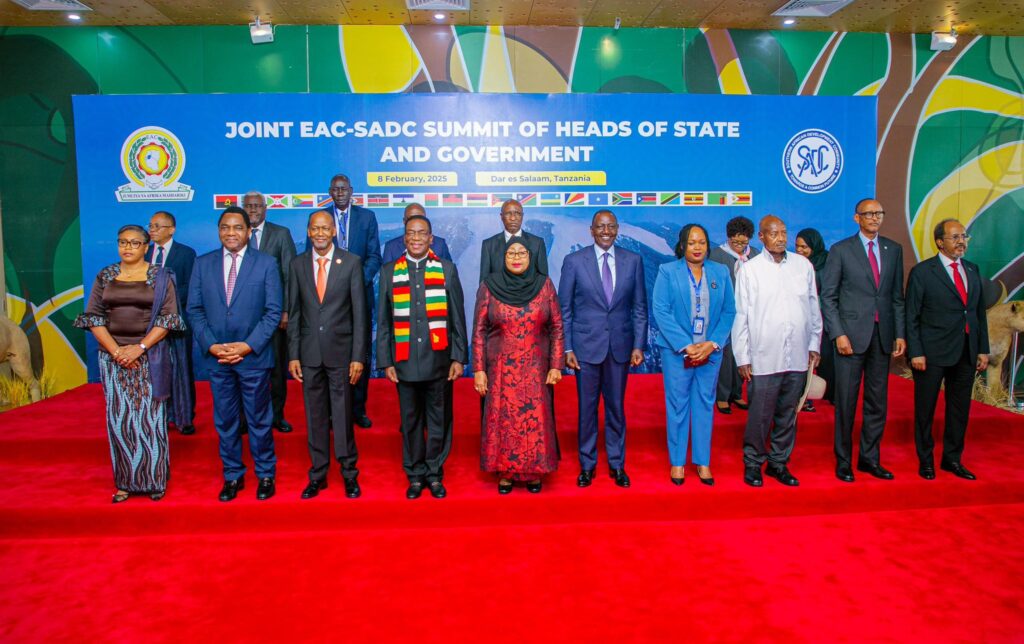
However, DRC President Félix Tshisekedi has refused to attend the summit, marking his fourth absence from peace talks aimed at resolving the conflict. His pattern of rejecting diplomatic solutions raises critical questions: Does he genuinely want peace, or is he merely a puppet of external forces?
FORTH TIME: Tshisekedi’s Repeated Absences from Peace Talks (Here Is Why!)
This marks the fourth time he has rejected peace talks. The first attempt at negotiations was in response to a call from M23 leadership during an interview with Al Jazeera in late 2022. Tshisekedi ignored this offer and later expelled Al Jazeera from the country for giving M23 a platform. The second proposal for talks came from Turkish President Recep Tayyip Erdoğan, who invited Rwandan President Paul Kagame and Tshisekedi to Ankara—an offer Tshisekedi also rejected.
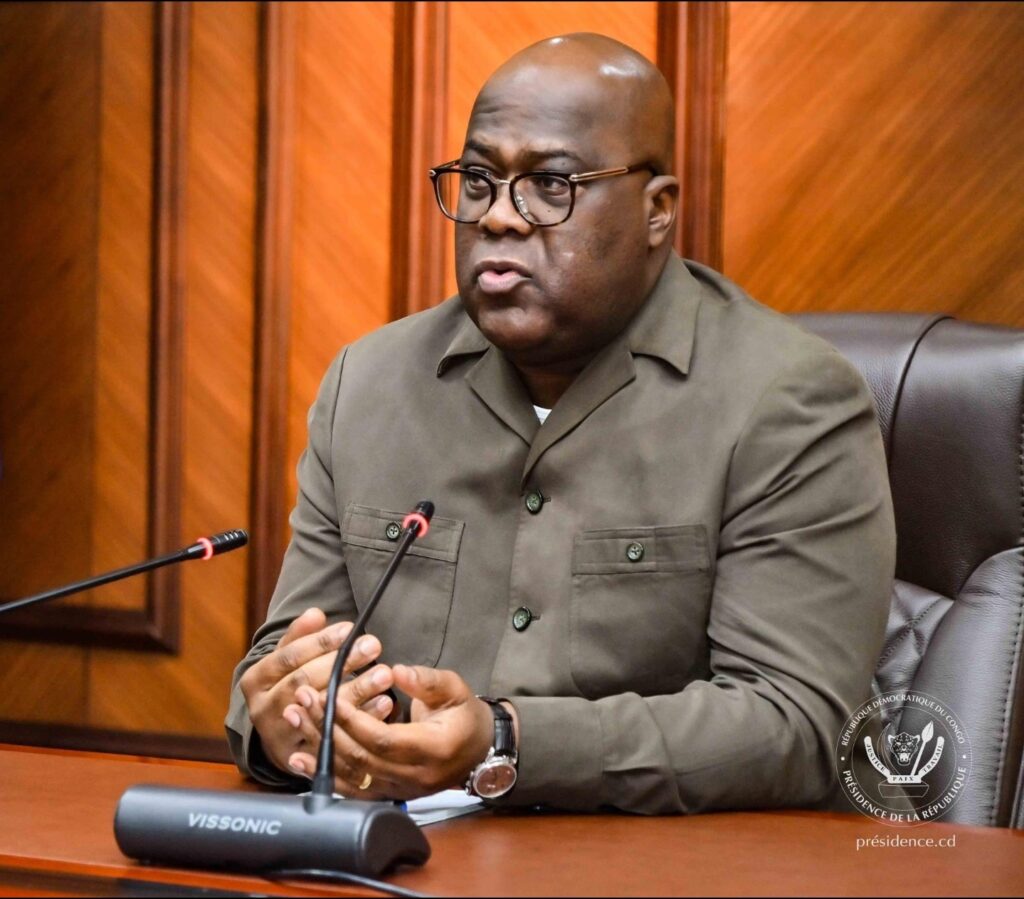
The third attempt was an online discussion hosted by the EAC, which Kagame attended but Tshisekedi did not. Now, at the February 2025 summit in Tanzania, Tshisekedi’s refusal to engage raises serious questions about who is truly driving his government’s actions. thecitizen.co.tz von.gov.ng
This pattern suggests two possibilities: either Tshisekedi is unwilling to resolve the issue diplomatically, or he is not the one making key decisions regarding the conflict. If the latter is true, then who is pulling the strings behind his administration? If Tshisekedi was concerned about the plight in the Congo, surely he would attend these meetings to make his interests clear, unless bringing peace is not in his interest then his intent to ‘Bomb Kigali without stepping foot on the ground’ stems behind ulterior motives.
Why Can’t Tshisekedi Defend His Position & Intent To Invade Rwanda, Could He Be Under The UNITED NATIONS Control? Let’s analyze.
The United Nations’ Dark Role in the Congo Conflict
The United Nations, through its MONUSCO peacekeeping mission, has been in eastern Congo since 1999—over 25 years. Yet, instead of bringing stability, the UN’s presence has covertly coincided with continuous war, mass displacement, and the exploitation of Congo’s vast natural resources.
MONUSCO has long faced accusations of human rights abuses, including rape, corruption, and even arming rebel groups. In July 2022, Congolese protesters demanded the UN’s withdrawal, accusing its peacekeeping force of failing to protect civilians while engaging in illicit activities. The protests were met with deadly force—at least 36 civilians were killed, and 170 others were injured when UN forces opened fire on demonstrators. Despite the UN’s claims that it would investigate the killings, no substantial action has been taken, leaving families without justice. amnesty.org
On May 20, 2023, government forces violently dispersed an opposition-led protest in Kinshasa over concerns about the transparency of upcoming elections. Protesters were attacked not only by police but also by a youth group allegedly affiliated with Tshisekedi’s ruling party. Many demonstrators were injured, and Francine Naba, a member of the opposition L’Envol party, was found dead days later. She had been abducted hours after attending the protest, but no one was held accountable for her murder, no did the United Nations peace keepers shed light on this. amnesty.org.
These protests are part of a broader frustration with the UN’s legitimacy in Congo. Many Congolese believe that MONUSCO is not a neutral peacekeeping force but rather an occupying power working alongside the Congolese government. The mission has been ineffective in dismantling armed groups, yet highly effective at suppressing protests against its own presence.
The atrocities the Congolese people have faced have gone unheard due to lack of infrastructure, communication and having a unique language. However, in Eastern Congo, over a 100,000 refugees fled to Rwanda and over 300,000 fled to Uganda.
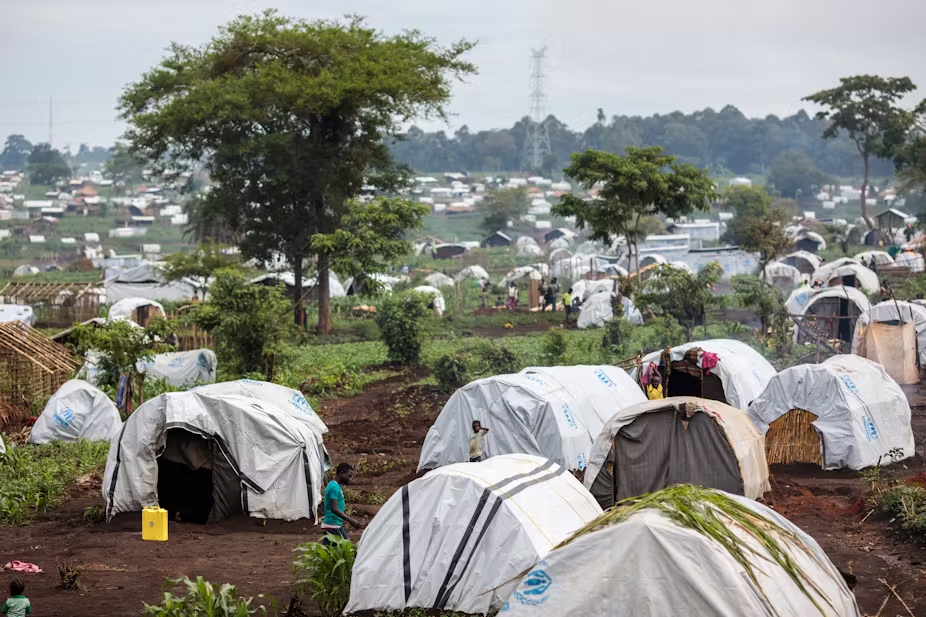
The “Blame Rwanda” Narrative
One of the UN’s most consistent tactics has been to shift blame onto Rwanda, accusing it of fueling conflict in eastern Congo. The UN has repeatedly claimed that Rwanda supports the M23 rebels, despite strong evidence that local populations in eastern Congo have sought protection in Rwanda. If Rwanda were truly behind the killings of Congolese civilians, why have over 100,000 Congolese sought refuge in Rwanda, and another 300,000 in Uganda?
Surely if the killings were coming from the East, the refugees will flee to the West of the Country.
The deeper reality is that the forces destabilizing eastern Congo are not coming from Rwanda or Uganda but from within Congo itself, aided by Western interests that benefit from the chaos. The UN has been complicit in resource theft, with reports of its personnel engaging in illegal mining and smuggling operations. Meanwhile, the Congolese government, backed by the same UN mission, continues to ignore calls for peace and negotiations. A few days ago, a drone UN drone was found stealing resources from the Congo. This is just one that has been caught.
The Common Accusations & The Reality
The United Nations has a strategic way of shaping narratives through selective reporting. Their accusations often stem from reports that are then widely cited as objective truth, even when the details remain vague or contested. For instance, the UN Group of Experts (UNGoE) has repeatedly accused Rwanda of backing the M23 rebels in eastern Congo, yet many of their sources include anti-Rwandan Congolese activists and members of armed groups aligned with the FARDC, raising questions about bias and reliability. Or For example. Rwandan soldiers engaged in a war of which left 20,000 dead. This sentence indicated the Rwandan soldiers engaged in a war. It also indicates the result of the war saw 20,000 people dead, although it doesn’t acredit the death of the 20,000 people to Rwanda, the formation of the sentence will give that perspective. Many people that will source from them without reading into details will frame the report on their own platform as Rwandans killed 20,000 people. So here are the misinformation narratives being spread by the UN.
1/ The M23 Is Backed by Rwanda
The UN’s claims that Rwanda directly supports M23 rebels have fueled tensions, yet the reports rely on testimonies from actors with vested interests. The Rwandan government has countered that it is merely assisting Congolese refugees and has accused the DRC of arming the FDLR, a group responsible for the 1994 genocide against the Tutsi. The UN’s failure to acknowledge these complexities makes its reports a key driver of misinformation.
2/ Rwanda Is Looting Congo’s Resources
The UN alleges that Rwanda profits from smuggling Congolese minerals, yet much of Congo’s trade is conducted legally through Rwandan routes due to geography and security. Eastern Congo’s instability—partly due to the presence of over 100 armed groups—makes Kigali a safer and more efficient export hub than Kinshasa, which is over 2,000 km away. The UN overlooks the agency of Congolese traders deciding to operate through Rwanda, instead framing all exports through Rwanda as illicit trade executed by the Rwandan government from stealing resources from Congo.
3/ Paul Kagame Has Soldiers in Congo
While the UN accuses Rwanda of deploying troops in eastern Congo, it ignores the Congolese government’s documented use of foreign mercenaries, including Russians and Europeans. FARDC also collaborates with FDLR fighters, a known genocidal militia hostile to Rwanda. Rwandan forces have been stationed at the border to prevent incursions, but the UN’s framing attempts to place all military aggression on Kagame’s shoulders, distracting from the FARDC-FDLR alliance.
Ultimately, the UN’s consistent focus on Rwanda as the primary actor in Congo’s instability diverts attention from its own failures. By presenting one-sided narratives, it shields MONUSCO’s ineffective 25-year presence and Tshisekedi’s militaristic approach while fostering confusion that benefits external interests.
Kagame Faces The Same Playbook United Nations Used On Gaddafi
The United Nations played a pivotal role in the destabilization of Libya and the subsequent assassination of Muammar Gaddafi in 2011. The UN Security Council, under Resolution 1973, authorized a no-fly zone and military intervention, which NATO forces, led by the U.S., France, and the UK, exploited to overthrow Gaddafi’s government. This intervention, presented as a humanitarian mission to protect civilians, quickly transformed into regime change, culminating in Gaddafi’s brutal execution by Western-backed rebels. In the aftermath, Libya collapsed into chaos, with extremist groups seizing power, human trafficking networks flourishing, and the country spiraling into perpetual civil war. The UN’s direct involvement in Libya’s destruction exposed its role as a tool for geopolitical manipulation rather than a neutral peacekeeping body.
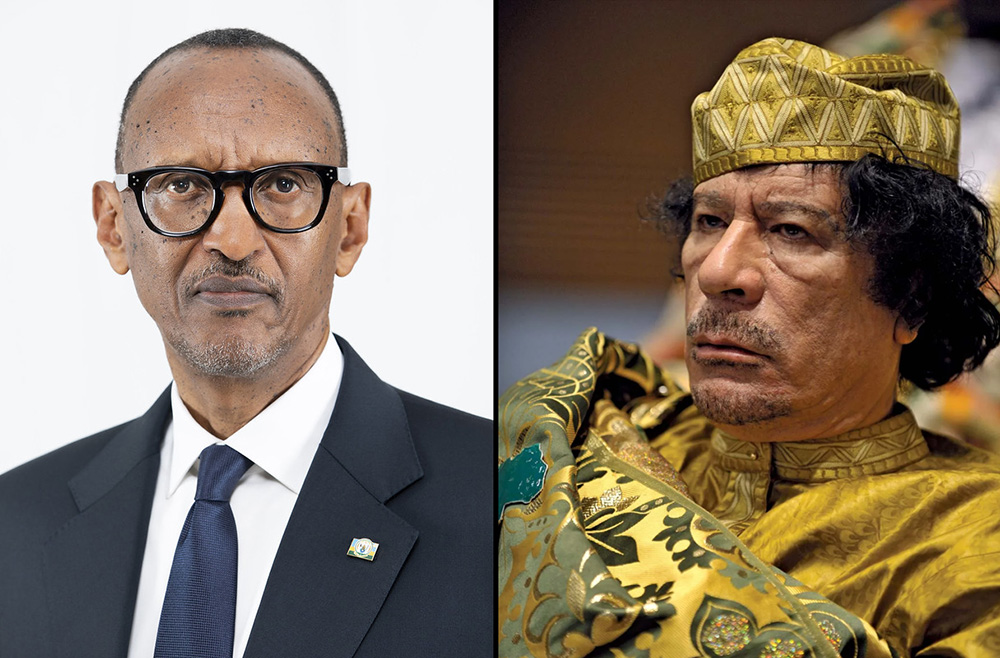
For African leaders like Paul Kagame who has led Rwanda since 1994, has maintained tight control over his nation’s stability and economic progress, often in defiance of Western powers. However, like Gaddafi, he has also been targeted by UN reports accusing him of fueling regional conflicts, particularly in the Democratic Republic of Congo. If history is any indicator, the UN’s pattern of vilifying African leaders before justifying military intervention could mean Kagame is being set up for a similar fate. The West’s strategy of branding non-compliant African leaders as dictators before orchestrating their downfall—whether through direct intervention or by supporting internal uprisings—raises concerns about Rwanda’s future under Kagame. Given the UN’s complicity in Libya’s downfall, its presence in the Congo, and its alignment with Western interests, Kagame has every reason to be wary of international narratives being shaped against him.
UNITED NATIONS Has A History Of Sexual Abuse, Killing & Stealing Resources, Just Ask Haiti
The United Nations has a pattern of deploying so-called peacekeeping missions in resource-rich countries, yet these interventions rarely bring stability and often exacerbate local crises. Haiti serves as a glaring example of this failure. The UN Stabilization Mission in Haiti (MINUSTAH), which operated from 2004 to 2017, was ostensibly meant to bring security and order following political unrest. However, rather than fostering peace, the mission became notorious for widespread allegations of sexual abuse, corruption, and even introducing a deadly cholera epidemic that killed over 10,000 Haitians.
Despite overwhelming evidence, including DNA tests linking UN peacekeepers to the outbreak, the UN refused to take full responsibility for years, evading meaningful reparations. Haitian communities also accused UN troops of exploiting the nation’s vulnerabilities while failing to curb gang violence and economic instability. This mirrors the UN’s role in other resource-rich regions, such as the Democratic Republic of Congo, where prolonged peacekeeping operations have coincided with worsening conditions rather than improvement. Haiti’s experience raises serious concerns about whether the UN’s real purpose is to maintain stability or to manage instability in ways that serve external geopolitical and economic interests.
How The West Benefits From Blaming Rwanda
The majority of Western media narratives that blame Rwanda for the crisis in eastern Congo rely almost entirely on UN reports. This creates a dangerous cycle where an organization with a long history of falsifying evidence—such as the fabricated claims of weapons of mass destruction (WMDs) that justified the invasion of Iraq—acts as the primary source of “truth.” If the UN is engaging in propaganda or misinformation, then it is directly responsible for the confusion and misinformation that fuel conflict. The accusations against Paul Kagame serve a triple purpose:
– 1st, they deflect scrutiny from MONUSCO’s failures and the complicity of the Congolese government under Tshisekedi;
– 2nd, they create a justification for foreign intervention and the destabilization of Rwanda, a successful and independent African nation, just as was done to Libya under Muammar Gaddafi;
– and 3rd, they obscure the real geopolitical motives by framing the conflict as a mere ethnic or tribal war—historically the West’s preferred cover for its involvement in African affairs.
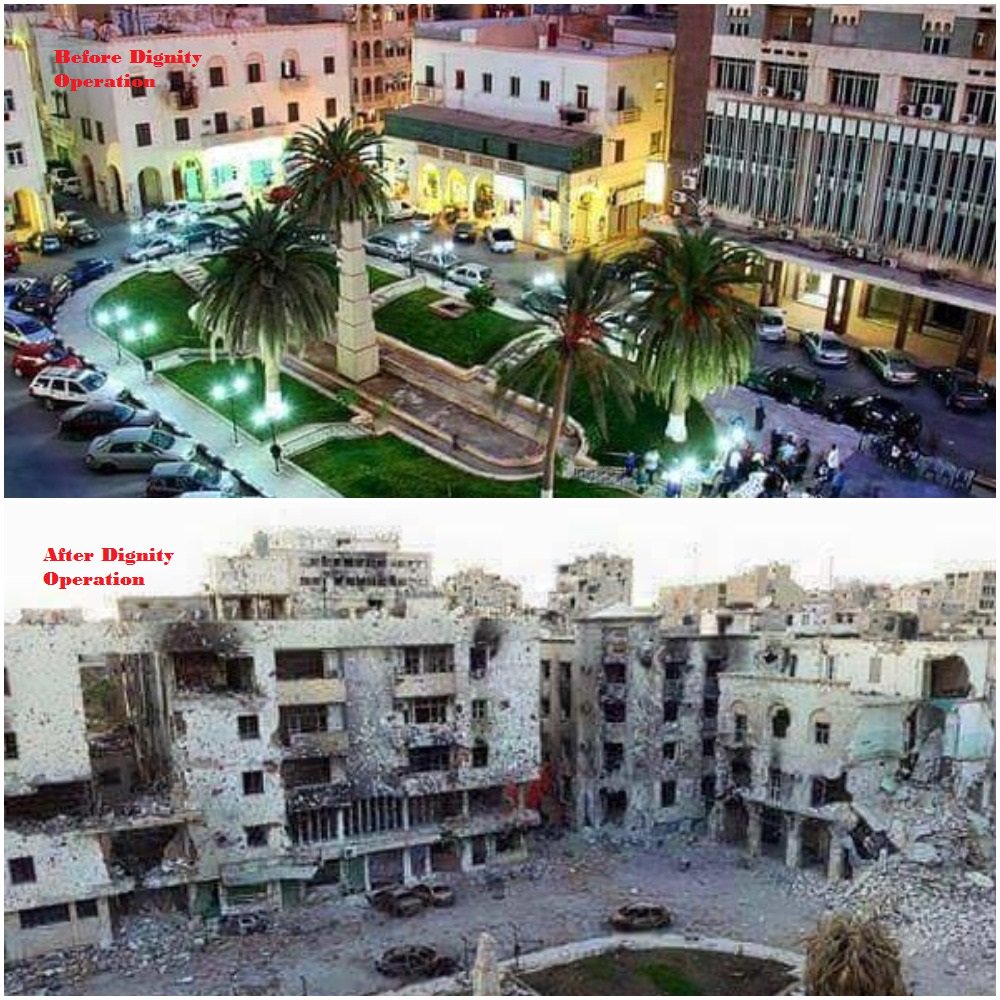
Modern Media Warfare Pan African’s Are Not Ready For
In today’s digital age, these operations are reinforced by sophisticated propaganda campaigns that go beyond traditional Western media. The wealth stolen from Congo is of a great amount and therefore the are big budgets behind its destabilization. So don’t be surprised if the media platform or activist decides to push this false narrative.
Modern disinformation is bolstered by paid African media outlets, astroturfing campaigns, online bots, and even hired so-called “Pan-African” voices who manipulate public perception. This hybrid strategy of propaganda ensures that confusion reigns, preventing any unified African response while paving the way for foreign powers to intervene under the guise of peacekeeping. If history has taught us anything, it is that these narratives do not serve the interests of Africans but rather those who benefit from chaos, resource exploitation, and the suppression of independent African leadership. Understanding this broader strategy is key to exposing the real forces behind the conflicts that continue to plague the continent.











